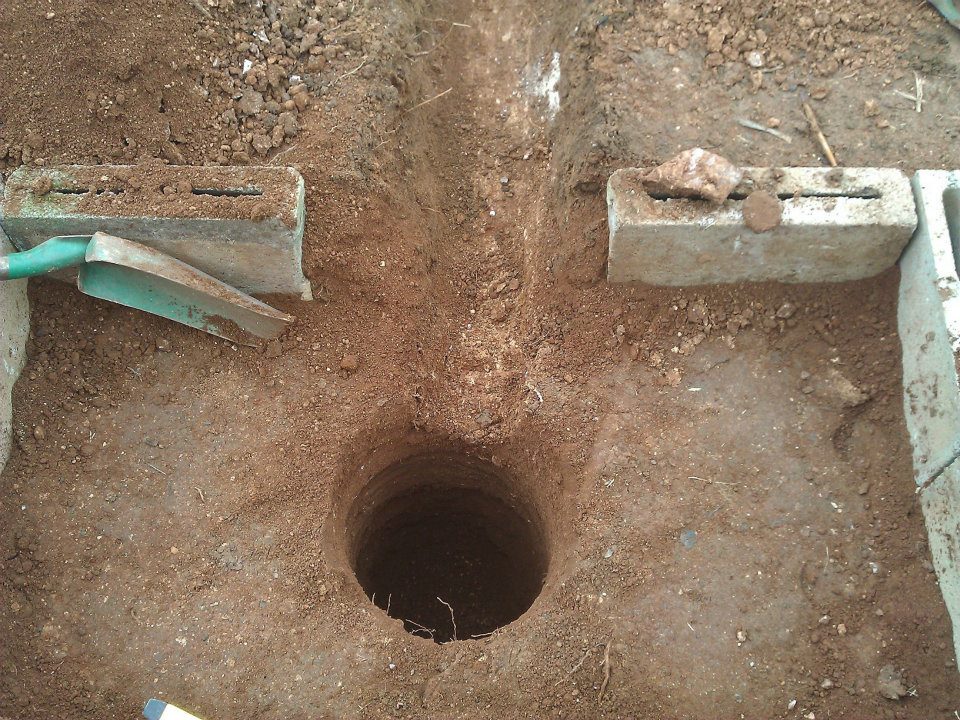When the construction of a country or country house is carried out, its owners immediately take into account the design of the sewage system. The most suitable solution to this issue is a cesspool. But it must comply with SNiP. If any points are violated during the design and construction, operation may be accompanied by fines and many problems.
Why it is worth following SNiP
Non-compliance leads to pollution of natural water sources and the spread of infections. Before the construction of the pit, an ideal option would be to add it to the development plan. It will also be necessary to coordinate with the state services involved. This should include SES. To obtain permits for work, this condition is necessary.
Seat selection
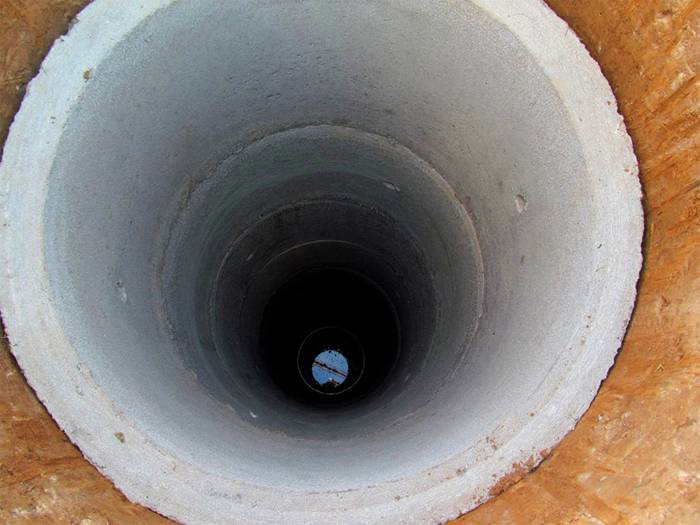
Studying sanitary norms and requirements for a cesspool, you will need to choose the right place. A pit is a tank for domestic wastewater. To determine the location and coordination, according to SNiP, it is necessary to analyze the site and the adjacent territory. When drawing up the scheme, you need to consider the location:
- wells;
- residential building;
- pipelines;
- water supply;
- farm buildings;
- gas pipelines.
It takes into account the elements of the landscape, highlands and lowlands. When planning, you should take into account the location of neighboring communications systems, wells, houses in order to divert the site to the sanitary zone. When planning a location, the direction of movement of the underground currents should be taken into account. In the relevant services you can get information about them.
Terms & Conditions
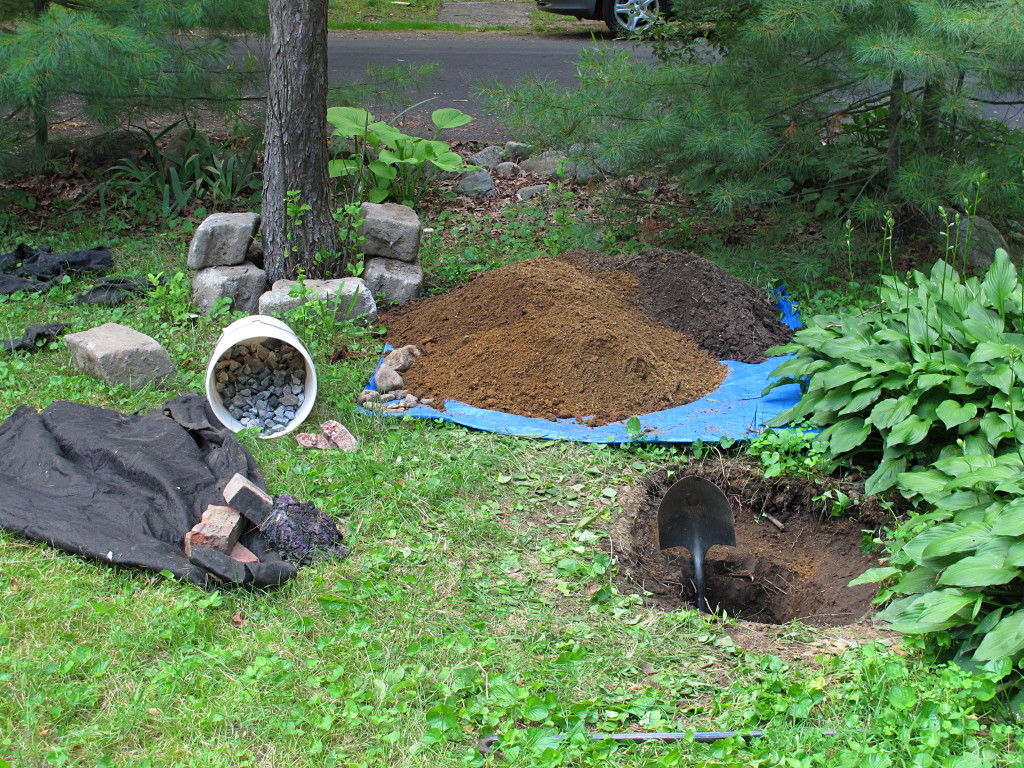
After examining the sanitary norms and rules for the cesspool, you can find out where to work from the neighbors or your home. It is important to choose the right place. For example, the pit should be removed by 1.5 m from the boundaries of the plot. As for the water wells, the treatment systems should be 20 m away from them. From the structures of the neighboring house and the main building of the neighbors, the sewage system should be removed 10 m. From the residential house should be removed by 8 m and more, water pipes should be removed from it by 25 m. As for gas pipes, the distance to them should be 5 m, but from underground currents - 25 m.
Standards for the placement of cesspools also regulate the condition of the soil in the development area. On clay soils, natural wells should be removed from the pit by 20 m. If on your territory loamy soil, this figure needs to be increased by 30 m. As for sandy soils, natural wells should be removed from the pit by 50 m. Not recommended the location of the structure downstream of the groundwater. This will eliminate the pollution of natural wells.
What regulatory documents should be followed

Sometimes it happens that it is impossible to maintain the smallest distance to your home. If it is impossible to install a container with the mentioned step, then the mentioned parameters can be reduced only after agreement with some services. Specialists do not recommend deviating from requirements. When rotting waste, which certainly happens in the pit, gases will be released. Do not forget about the unpleasant odor. With open windows in summer, all these aromas will penetrate the house. Therefore, it is important to understand that sanitary standards must be observed. The distance from the house to the cesspool is usually 15 m.
It is especially difficult to maintain a step to the nearest water pipes.This is due to the fact that you must take into account the direction of movement of currents underground. They flow from the drainpipe and head towards the cesspool. If in the opposite direction, then the selected distance must be increased from 25 to 40 m.
The main document that will guide you in the construction of the cesspool is SanPiN 42-128-4690-88. Sanitary rules are prescribed here that govern the maintenance of territories of populated areas. You can learn about the basic requirements for the design and location, as well as care for the cesspool. The documentation was developed during the Soviet Union, analogues today were adopted in almost all CIS countries.
Despite the relatively long history, the sanitary standards prescribed in this document remain relevant, but not all. For example, professionals in the field of sewer arrangement advise increasing the distance from the waste collection tank to a residential building or additional buildings.
Recommendations for arranging a cesspool
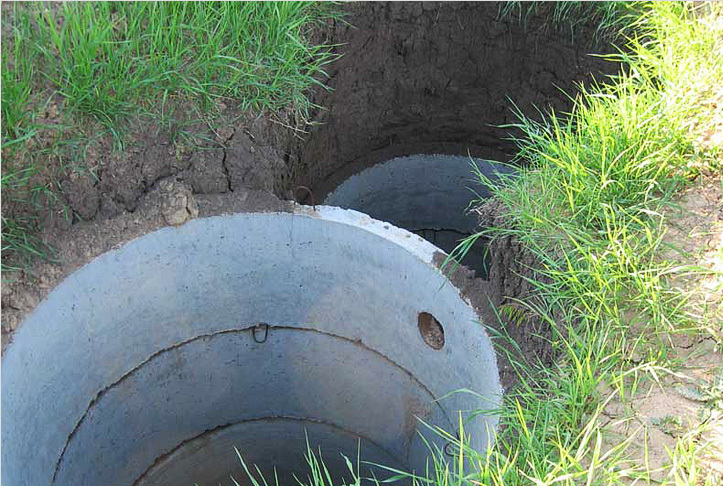
Having familiarized yourself with the regulations on the drain pit in a private house, you can begin to choose the type of such a structure. The simplest option is a pit without a bottom. Such structures can be arranged only with a daily sewage volume of not more than one cubic meter. The pit should be located below the level of drinking water intake in order to exclude water pollution in the well by drains.
When installing a pit, you must consider some parameters. For example, there are certain requirements for the location of the drinking well and pit, which depends on the properties and types of soil in the area. This was discussed above. If in the household more than the mentioned volume of wastewater is generated every day, this option of the pit should be abandoned and similar structures made of metal, brick or concrete should be considered.
A great option would be a plastic sealed drive. Standards for a drain pit in a private house exist in relation to a sealed design. It should have a bias towards the technological hatch for cleaning. The choice of location will depend on the distance to the building and the fence of the site, these parameters are 10 m and 1 m, respectively.
Periodically, such a sealed pit will have to be cleaned. Used for this sewer machine. It is not recommended to have a pit deeper than 3 m, otherwise emptying is not effective due to the limited length of the hose. After all, the sludge formed at the bottom will remain there.
Getting acquainted with the standards for the drain pit in a private house, you can find out what you need to ensure free access to the car to it. During the operation of the drive, methane formation is possible. In order to prevent the accumulation of explosive gas, the tank should be equipped with ventilation. Regulatory requirements include the installation of a 10-cm pipe, which will rise 60 cm above the ground.
Details of maintaining distance to communications
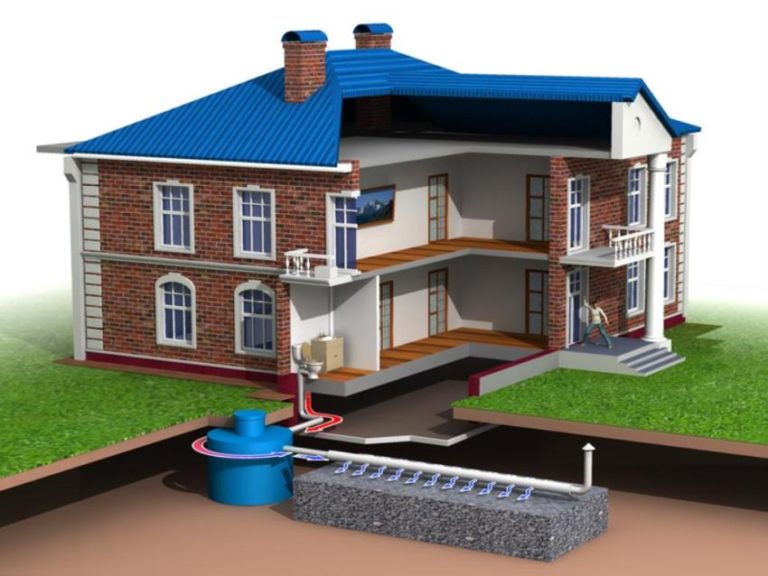
The standards for the drain pit in a private house also provide for compliance with the distance to the communications, namely gas and water pipes. If the pipeline is made of reinforced concrete or asbestos cement, then the distance to the pit should be 5 m or more. The distance to cast iron pipes with a diameter of no more than 200 mm is 1.5 m. When cast iron pipes have a more impressive diameter, the distance increases to 3 m. A step of 5 m is maintained to the gas pipeline with a pit device.
Features of drawing up a scheme
In a private house with your own hands, a drain pit can be completely equipped. To do this, brick is often used. At the first stage, it is necessary to draw up a plan diagram where all the buildings on the site and the distance between them should be indicated. It is important to mention the boundaries of the site. You will mark garden paths, water abstraction wells, gazebos, green spaces and groundwater flow.
Armed with a compass, you will need to set the leg on the plan in the place where the laying of the hole is supposed. The radius of the circle at a scale of 1 to 100 should be 12 cm. If the circle does not touch the buildings in the territory, you can continue to draw a geometric figure with a radius of 20 cm.The focus at this stage should be focused on how the line to the source of water intake went. From this point it is necessary to draw a circle with a radius of 2 cm. Here you should pay attention to the fence area. If the circle lines do not cross out the points of the objects, then the pit is located correctly.
Features of the arrangement of the pit of concrete rings
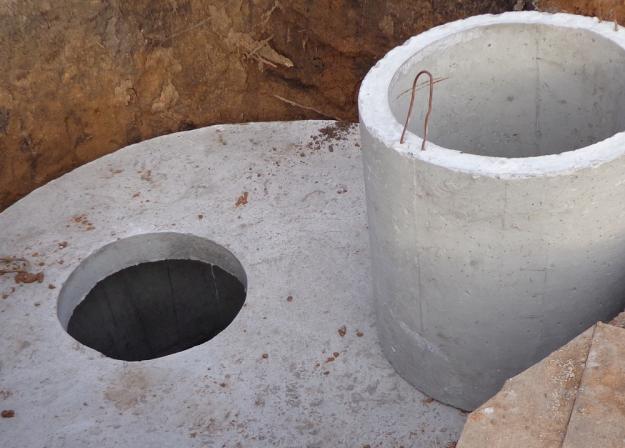
If you want to equip a cesspool, sanitary standards regulated by SNiP are necessary to study. This was discussed above. Next, you can choose the type of structure, which may include the use of concrete rings. A standard system of this type consists of 2-3 products. Each ring will be able to accommodate up to 1.5 cubic meters.
Having decided on the dimensions of the well, you must prepare a foundation pit with dimensions 90 cm larger than the diameter of the rings to be installed. Walls should be cleaned and leveled. The bottom is well compacted. To equip the sealed bottom, it is necessary to fill the mortar or lay the bricks. It will take about a week to harden the concrete. In order to simplify the task, ready-made concrete rings with a bottom should be used.
Once the bottom has gained strength, you can begin to install the rings. Products are lowered into the well with a crane or a winch. If they are skewed and stuck when diving, the pit should be expanded. The drain pit in a private house according to the norms of SNiP should be tight, therefore, impacts and cracking should be excluded. Boards should be placed on top of each ring to prevent problems.
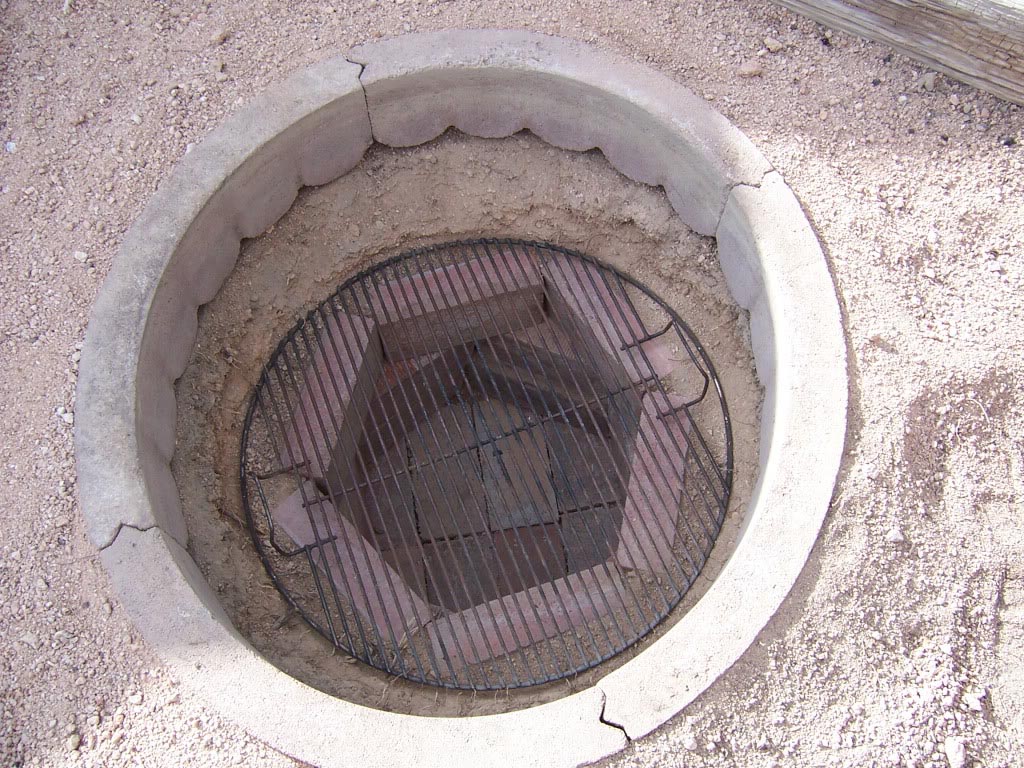
Finally
Joining places are covered with cement mortar, to which water glass is added. For waterproofing, rubber seals should be used. After the installation is completed, the walls of the tank from the outside are reinforced by a brick fight or stones. You can use construction debris or soil excavated during excavation.
